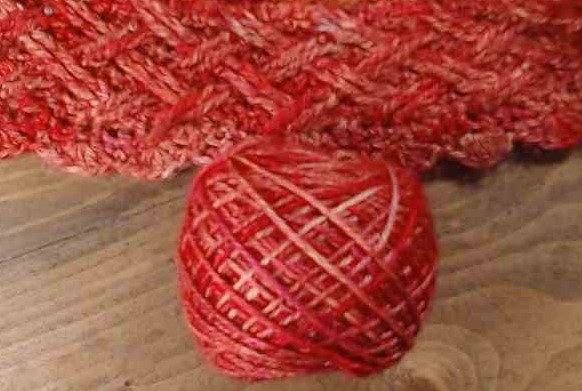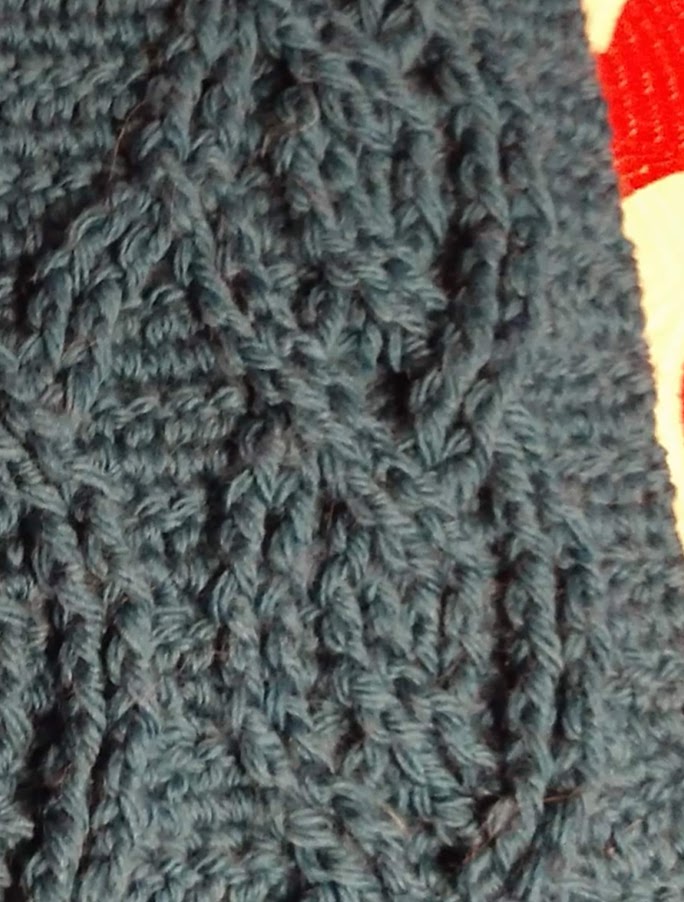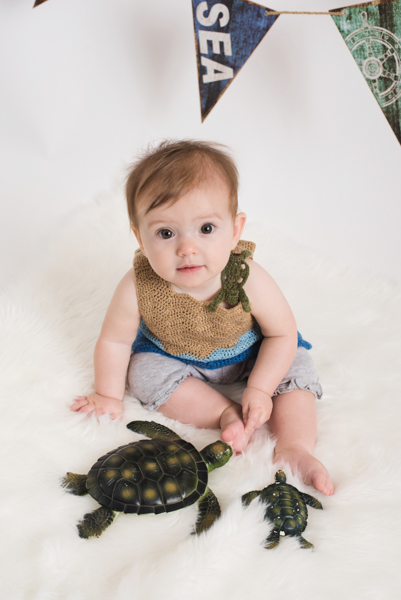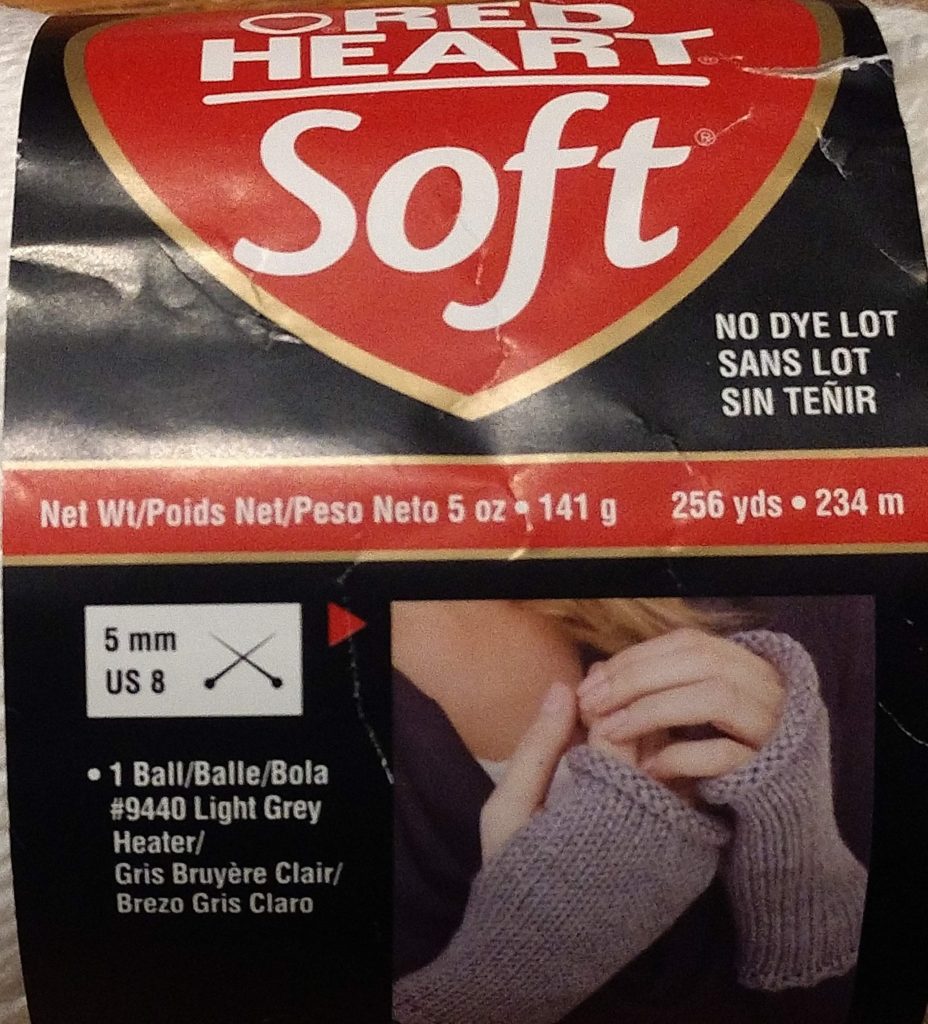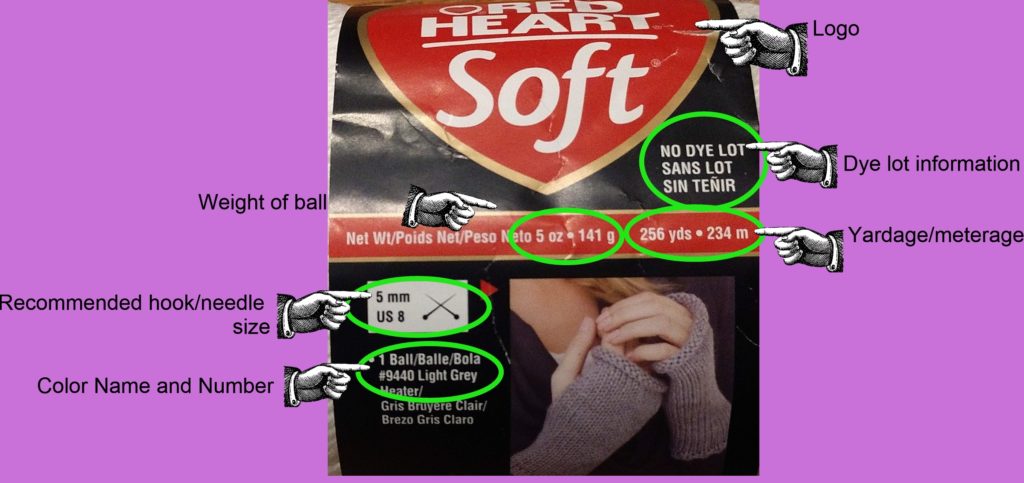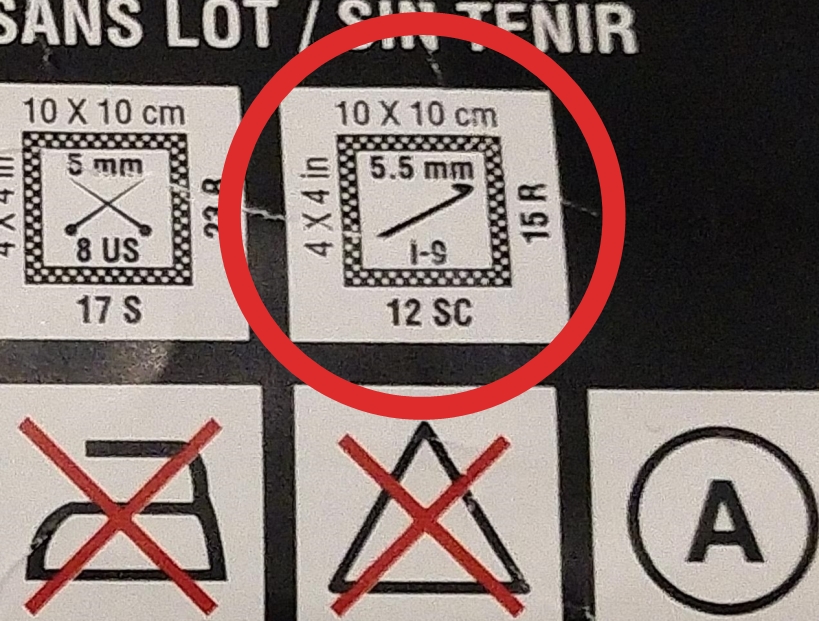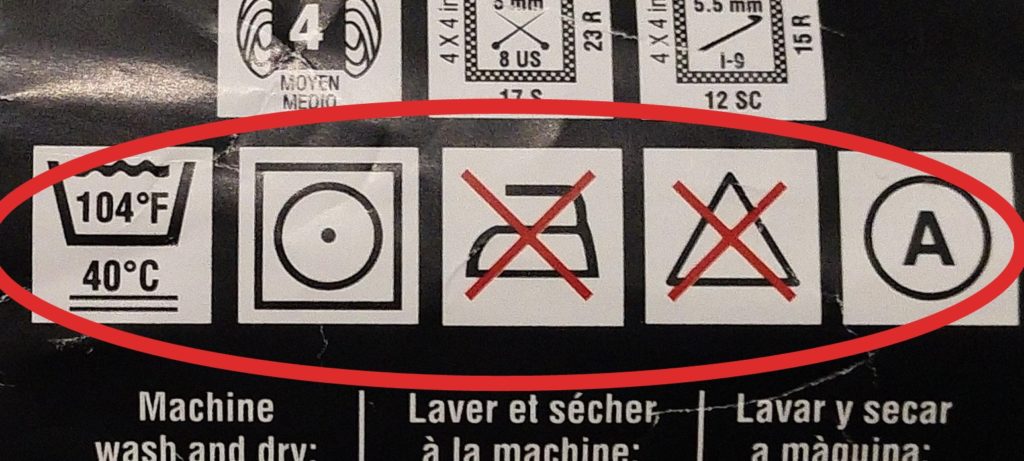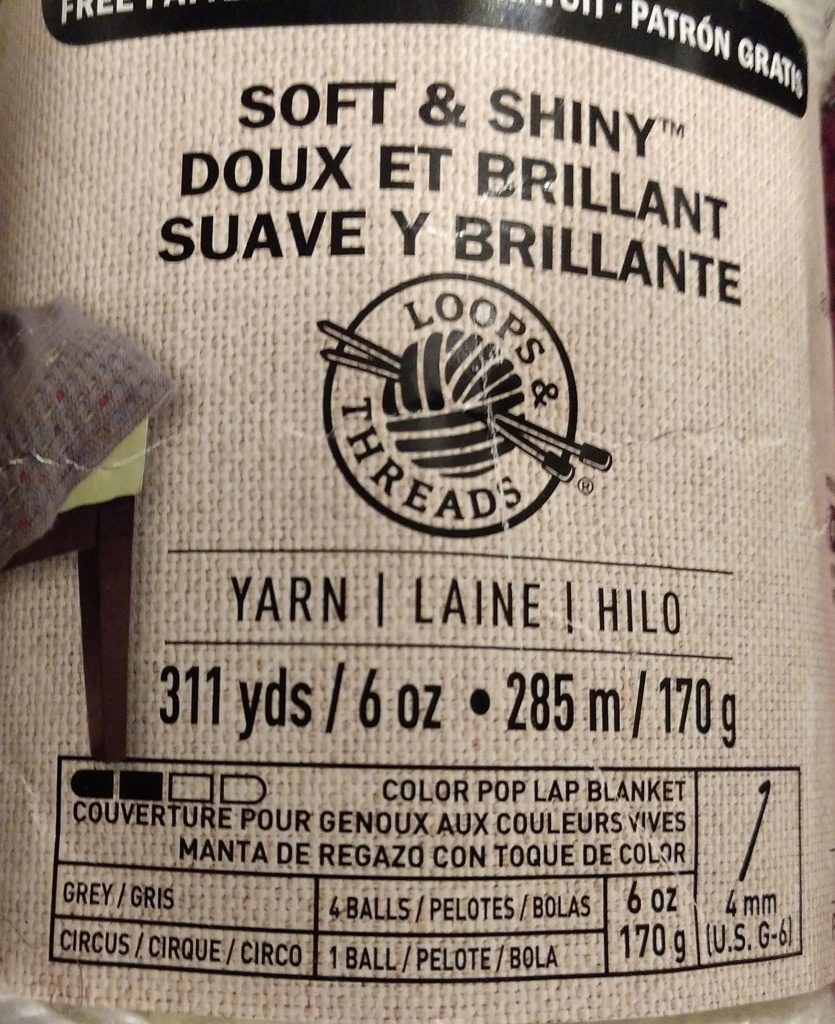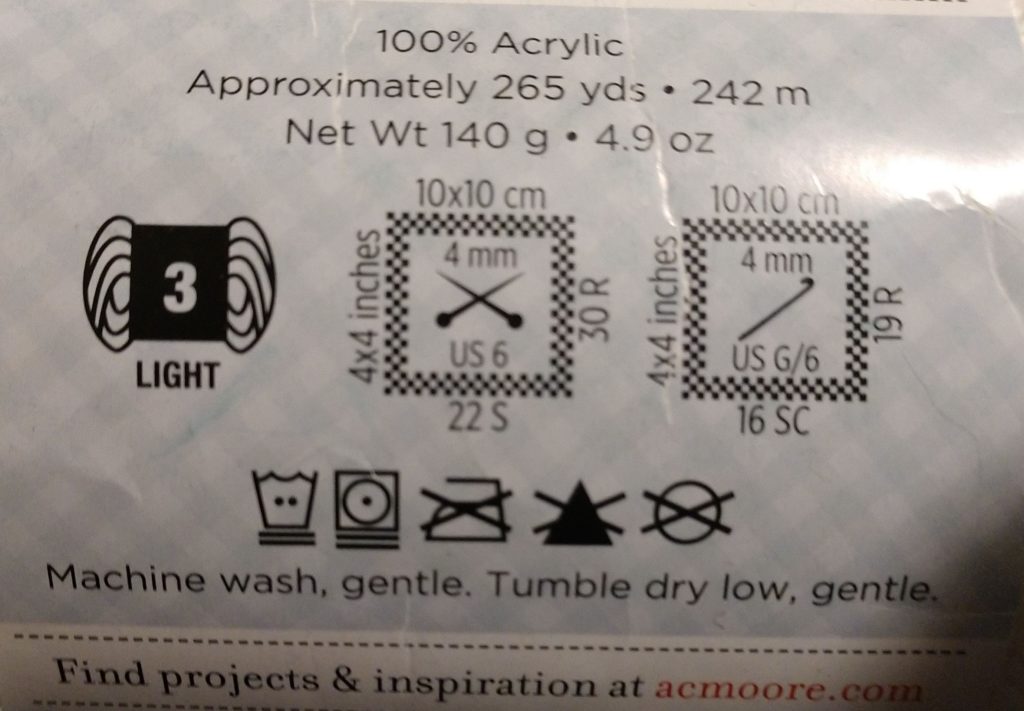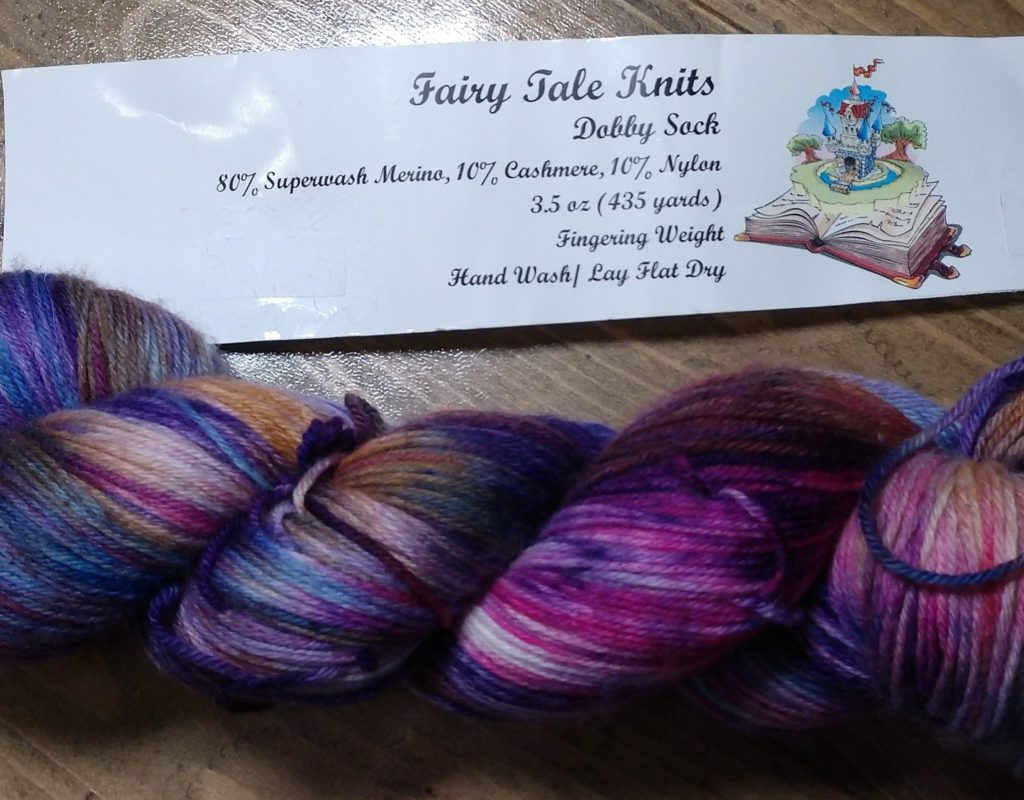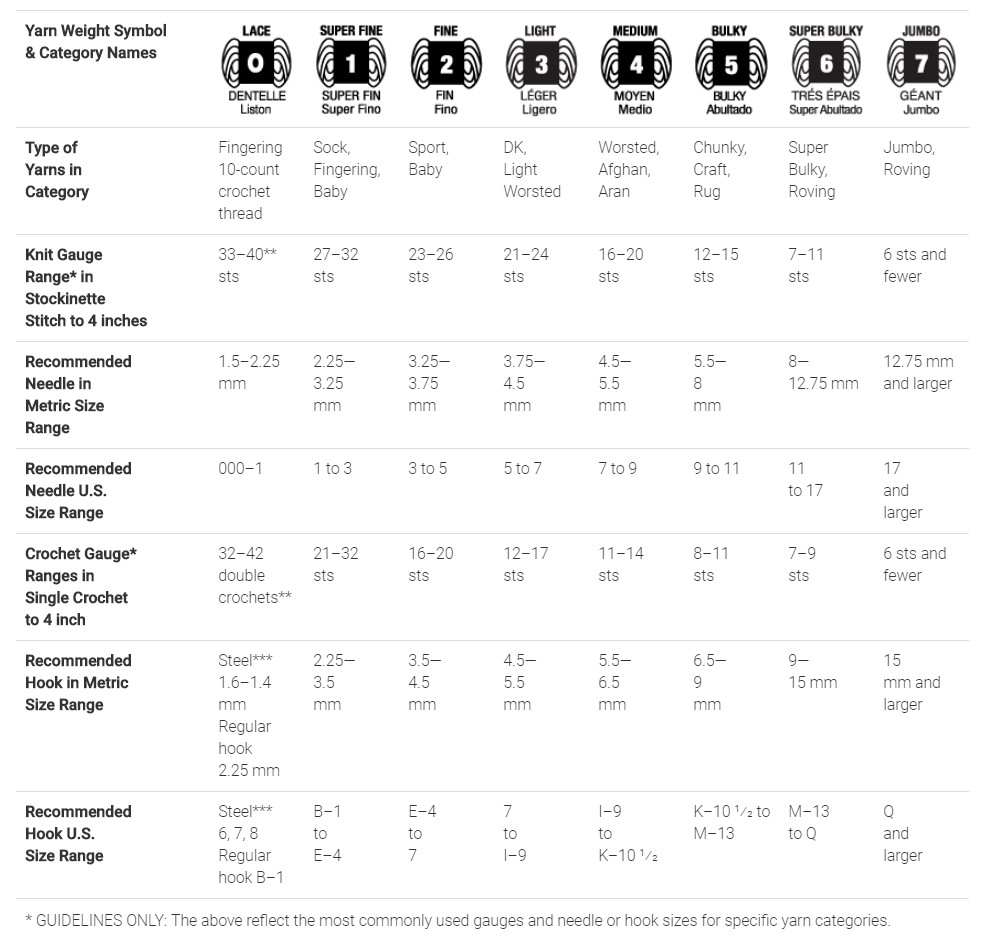New Year, New Yarn?
So it’s the New Year, 2020. Hard to believe. And the topic of the moment is “What resolutions have you made?” I’m not a resolution person myself, so that question inspires nothing in me but rebellion. I resolve to not make resolutions!
But, not making resolutions doesn’t mean I’m not constantly making goals for myself. I just don’t like to associate them with the start of a new year because I’m constantly reevaluating my goals to keep them current and in line with my progress.
One goal I’ve got laid out right now is to blog twice a week. Over the holidays, I slacked off a a little but, but the holidays are over and I’m back on track.
I also plan to release at least one new pattern per month which I started in December. That one is a little scary to me, but nothing ventured, nothing gained, right? So far I’ve been a lot of talk and a little action. I need to make that more action and less talk. 🙂
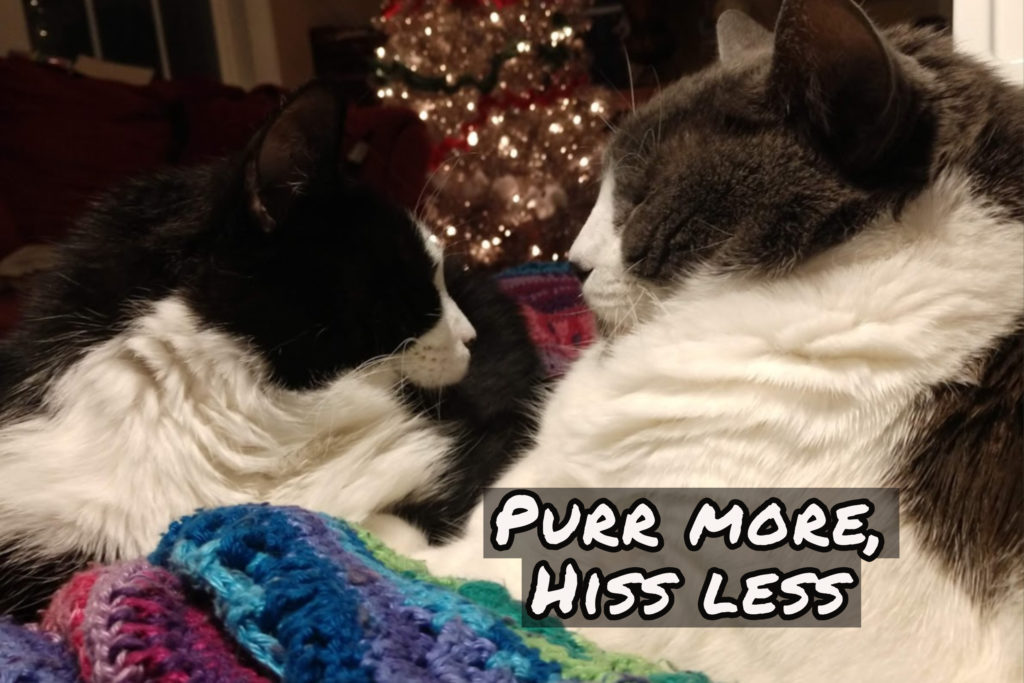
You can almost hear them purring, can’t you?
So, what’s on your list of goals these days? Anything yarn related?

